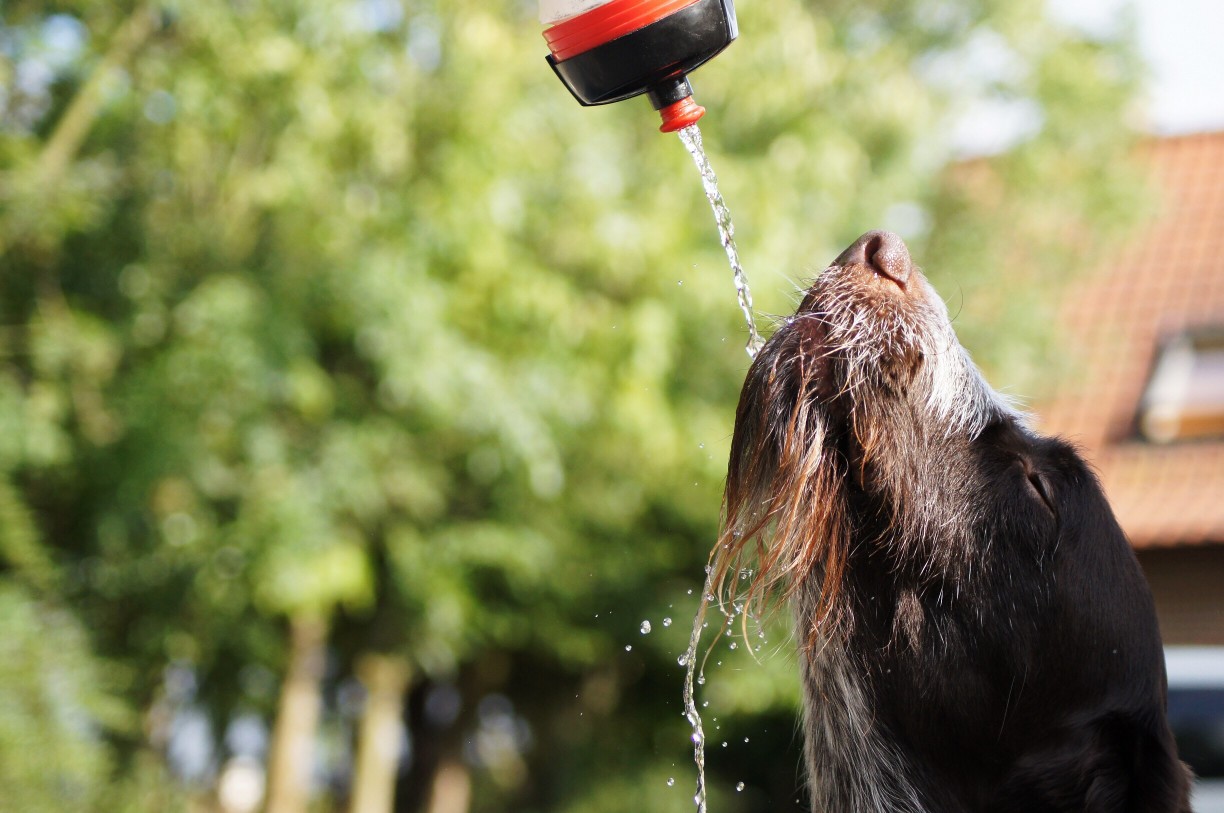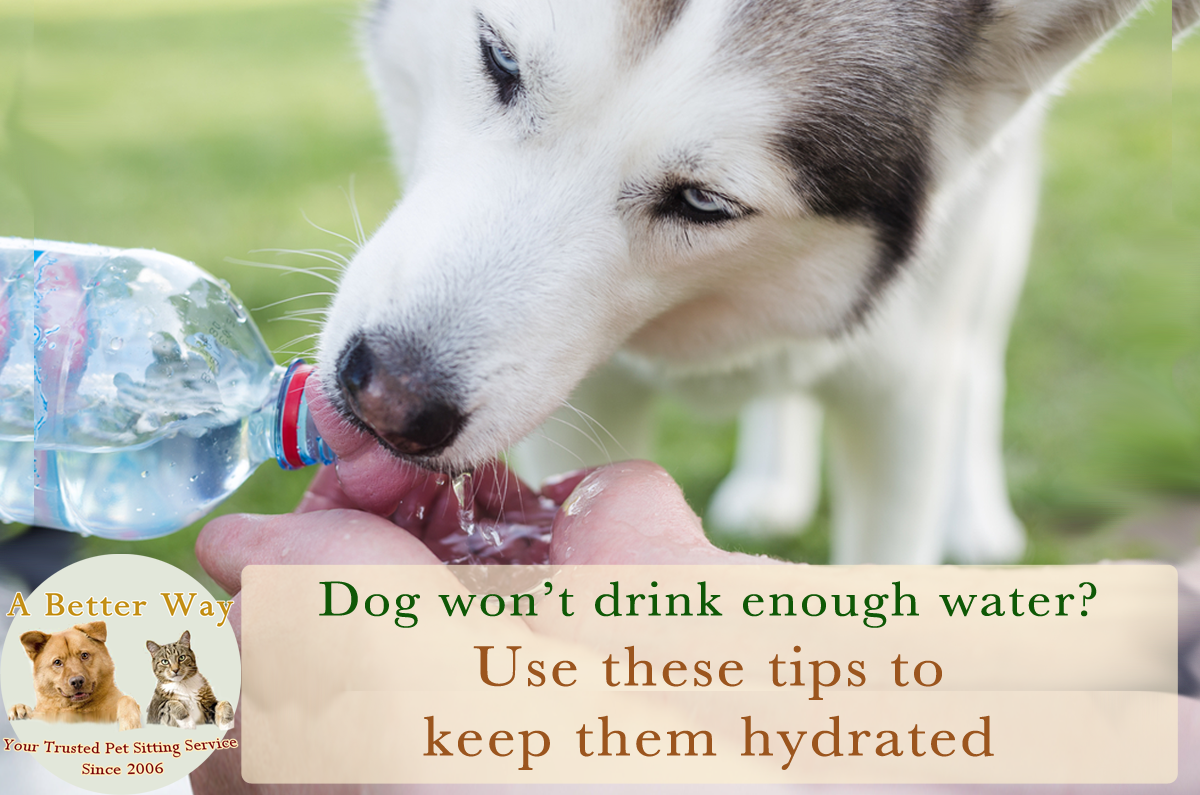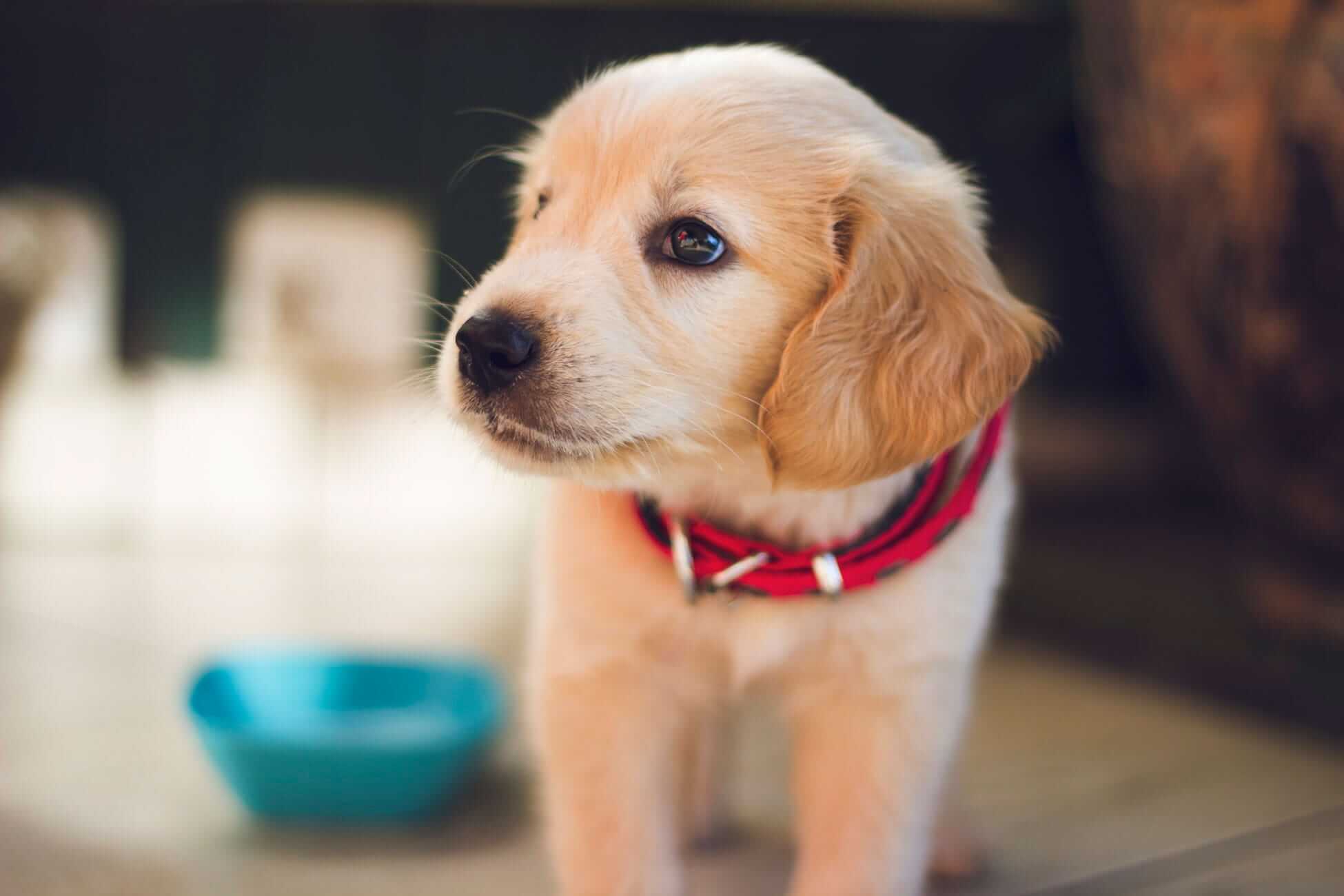To get your dog to drink water, try changing their water source or adding flavor to their water, such as a small amount of chicken broth. You can also try offering ice cubes or using a water fountain or different water bowl.
Encouraging daily exercise can also help stimulate their thirst. Additionally, adding wet food to their diet can increase their water intake. It’s important to ensure your dog always has access to clean water bowls. If you notice your dog consistently refusing to drink water, it’s best to consult with your veterinarian to rule out any underlying health issues.

Credit: www.northpointpets.com
Understanding The Importance Of Hydration For Dogs
Understanding the importance of hydration for dogs is crucial, especially when it comes to getting your dog to drink water. There are various strategies you can try, such as changing their water source, adding flavor to the water, or even offering ice cubes to make it more enticing for them.
The Role Of Water In A Dog’s Health
Water plays a crucial role in maintaining optimal health for your furry friend. Just like humans, dogs are made up of a significant amount of water, which is necessary for all bodily functions.
Water is essential for digestion and nutrient absorption, as it helps break down food and carry nutrients throughout the body. It also aids in regulating body temperature, lubricating joints, and flushing out toxins.
Dogs lose water through various means, such as panting, urinating, defecating, and even through their paw pads. Therefore, it is vital to ensure that they are adequately hydrated to support their overall well-being.
Consequences Of Dehydration In Dogs
Dehydration occurs when your dog’s body doesn’t have enough water to function properly. This can have serious consequences for their health and can even be life-threatening if left untreated.
Some signs of dehydration in dogs include dry gums, sunken eyes, lethargy, loss of appetite, dark urine, and sticky saliva. If you suspect your dog is dehydrated, it is important to address the issue promptly.
Untreated dehydration can lead to serious health complications such as kidney problems, urinary tract infections, and organ failure. It can also put additional strain on their heart and digestive system, leading to further health issues.
Ensuring Adequate Hydration For Your Dog
As a responsible dog owner, it is crucial to ensure that your furry friend stays properly hydrated. Here are some tips to help encourage your dog to drink water:
- Provide clean and fresh water at all times, especially during hot weather or after physical activity.
- Consider using a running water source, such as a pet water fountain, to entice your dog to drink more.
- Add flavor to their water by using a small amount of low-sodium chicken broth or diluted fruit juice.
- Show them how to drink by putting a finger in the water and allowing them to lick it off.
- Offer water-rich foods like cucumber, watermelon, or broth-soaked kibble as a way to increase their water intake.
Remember, every dog is unique, and their water needs may vary. It is essential to monitor their hydration levels and consult with a veterinarian if you have any concerns about their water intake or signs of dehydration.

Credit: abwerrands.com
Identifying Reasons For Reduced Water Intake
There can be various reasons why your dog is drinking less water than usual. It’s essential to be attentive and identify potential causes that may affect their hydration levels. By understanding these factors, you can take appropriate action to ensure your furry friend stays hydrated and healthy.
Medical Conditions That Affect Hydration
Dogs, like humans, can experience medical conditions that may impact their water intake. It’s crucial to be aware of these conditions and consult your veterinarian if you suspect any underlying health issues. Some of the common medical conditions that can affect hydration in dogs include:
- Bladder infections
- Urinary tract infections
- Diabetes
- Kidney disease
If you notice symptoms like lethargy, lack of appetite, and reduced thirst, it’s important to seek veterinary care to rule out any potential medical issues.
Behavioral And Environmental Factors
Behavioral and environmental factors can also play a role in your dog’s water intake. Understanding and addressing these aspects can help encourage them to drink more water. Consider the following factors:
- Water source preferences: Some dogs may have specific preferences when it comes to drinking water. They may prefer a particular bowl or a running water source. Experimenting with different water sources can help encourage them to drink more.
- Flavoring the water: Adding a small amount of chicken broth or apple juice can give water a pleasant taste and entice your dog to drink more. However, it’s essential to ensure that these additions are safe for your dog.
- Offer chilled treats: Ice cubes or frozen treats made with dog-friendly ingredients can serve as hydrating and enjoyable alternatives to plain water. They can be especially beneficial during hot summer days, helping your dog stay cool while staying hydrated.
By addressing these behavioral and environmental factors, you can create an enticing drinking experience for your dog, making them more likely to consume adequate water.
Tips And Tricks To Encourage Your Dog To Drink Water
Dogs, just like humans, need to stay hydrated for their overall health and well-being. However, getting your furry friend to drink enough water can sometimes be a challenge. If you’re wondering how to get your dog to drink more water, here are some helpful tips and tricks to try:
Enhancing The Appeal Of Water
One way to encourage your dog to drink more water is by enhancing its appeal. Try these simple tricks:
- Add a few ice cubes to your dog’s water bowl. Dogs sometimes enjoy the cool sensation and may be more tempted to drink.
- Consider using a pet water fountain. The flowing water can be more enticing for some dogs.
- Keep the water bowl clean and fresh by changing it daily. Dogs prefer clean water just like we do.
Providing Alternative Hydration Sources
If your dog is still not drinking enough water, you can provide alternative hydration sources:
- Offer low-sodium chicken or beef broth as a treat. You can freeze it in ice cube trays for a refreshing snack.
- Try diluting your dog’s wet food with a little bit of water. This can increase their overall fluid intake.
- Consider adding a tablespoon of tuna juice (packed in water) to your dog’s water bowl. The aroma may attract them to drink more.
Creating A Routine And Environment That Promotes Water Drinking
Establishing a routine and creating an environment that promotes water drinking can make a big difference. Here are some ideas:
- Set regular water breaks throughout the day. Offer your dog water after playtime, walks, and meals.
- Place water bowls in multiple accessible locations around your home. This encourages your dog to drink wherever they are.
- Make sure the water bowl is easily accessible to your dog, especially if they are older or have mobility issues.
Remember that each dog is unique, so it may take some trial and error to find what works best for your furry friend. By implementing these tips and tricks, you can help ensure that your dog stays properly hydrated for their overall health and well-being.

Credit: tractive.com
Frequently Asked Questions For How Do I Get My Dog To Drink Water
How Do You Give A Dog Water That Won’t Drink?
To give a dog water that won’t drink, try checking for signs of dehydration and offer water using a syringe. You can also try giving the dog broth or soy milk, offering a chew toy to encourage saliva production, doing more exercise, and ensuring clean water is available.
Why Does My Dog Not Want To Drink Water?
There could be several reasons why your dog doesn’t want to drink water. It could be due to bladder or urinary tract infections, diabetes, kidney disease, or other underlying health issues. If your dog shows other symptoms like lethargy or lack of appetite, it’s important to consult your veterinarian.
You can also try adding flavor to their water or offering ice cubes or frozen treats to encourage hydration.
How Do I Entice My Dog To Drink?
To entice your dog to drink, try adding a drop or two of tuna juice to their water. You can also offer cat milk, beef broth, or chicken broth. Ice cubes in their water bowl can also make it more appealing.
Additionally, you can try changing their water source or using a water fountain.
What Can I Put In My Dogs Water To Make Her Drink?
To make your dog drink water, try adding a drop or two of tuna juice, a teaspoon of Whiskas Cat Milk, beef broth, or chicken broth to their water bowl. You can also add ice cubes to make it more enticing.
Always have a separate bowl with fresh water available as well.
Conclusion
To ensure that your dog stays hydrated, there are various strategies you can employ. Changing the water source or adding flavor, such as a small amount of chicken broth, can entice your dog to drink. Offering ice cubes or investing in a water fountain are also effective methods.
Additionally, incorporating wet food into their diet and providing clean water bowls are simple yet impactful ways to encourage regular water intake. By implementing these tips, you can ensure your furry friend stays healthy and hydrated.


